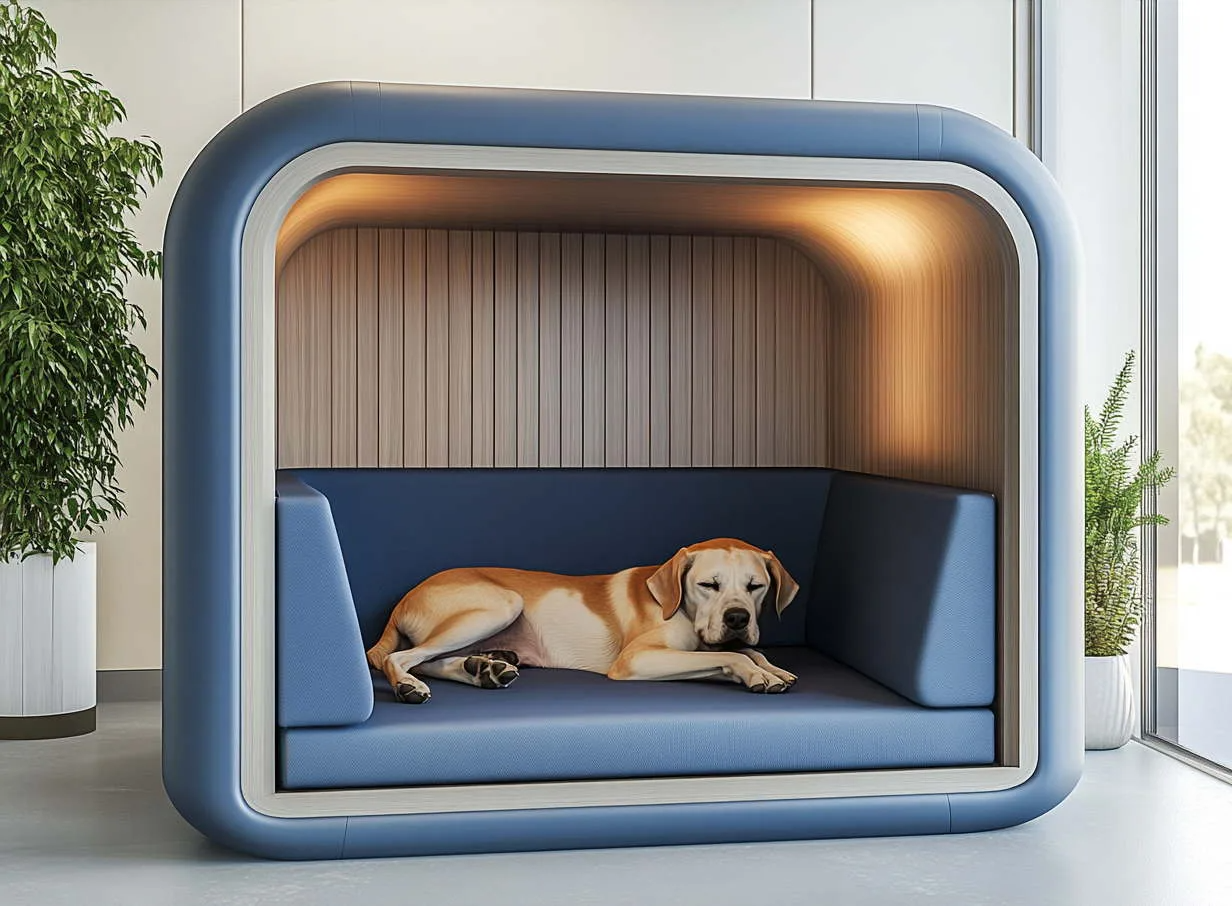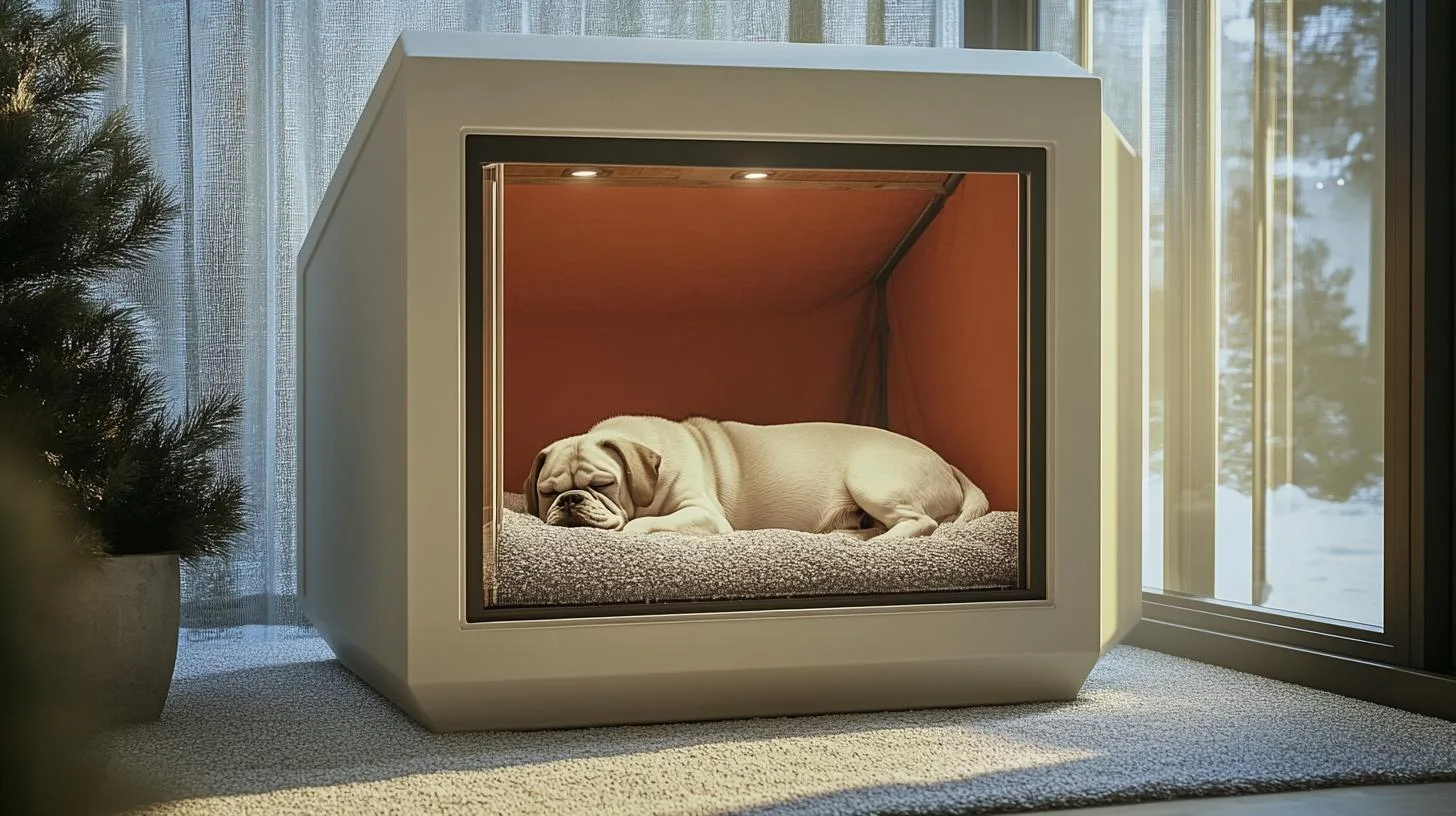Notifications

6 minutes, 50 seconds
-221 Views 0 Comments 0 Likes 0 Reviews

Building a dog house for your furry friend can be a rewarding project that not only saves you money but also allows you to tailor the design to your pet's specific needs. A custom-built dog house can provide your pup with a cozy retreat, protecting them from the elements while creating a stylish addition to your backyard. Whether you’re a seasoned DIYer or a beginner looking for a fun project, this guide will walk you through easy step-by-step ideas for creating the perfect dog house.
Before you dive into the building process, it’s essential to assess your dog’s specific requirements. Consider your dog’s breed, size, and behavior when planning the design. For example, larger breeds like Great Danes will need a spacious dog house that allows them to stand up, turn around, and lie down comfortably. Think about the climate in your area as well; if you live in a warmer region, good ventilation will be crucial, whereas cooler climates may require better insulation. Understanding your dog's needs will help you create a comfortable and functional space that they will enjoy.
Selecting the right materials is key to building a durable and comfortable dog house. Plywood, cedar, and treated lumber are commonly used materials due to their sturdiness and resistance to rot. Cedar, in particular, is a great choice as it naturally repels insects and has insulating properties. For the roof, consider using asphalt shingles or corrugated metal for their durability and weather resistance. If you prefer a less conventional approach, reclaimed wood can add a rustic touch while being environmentally friendly. Whatever materials you choose, ensure they are non-toxic and safe for your pet.
Once you’ve assessed your dog's needs and chosen your materials, it’s time to design the structure. Start by sketching a blueprint that outlines the dimensions of your dog house and its features. A simple rectangular shape is often the easiest to build, but you can incorporate design elements such as a sloping roof or large entrance for added character. Keep in mind to include ventilation openings or windows, especially if you live in a hot climate. A raised foundation will help keep the house dry, while an overhanging roof can protect against rain. Make sure to create a design that offers both functionality and aesthetic appeal.
With your design in hand, begin constructing the frame of the dog house. Start by cutting your materials according to your blueprint dimensions. Construct a rectangular base using sturdy lumber, ensuring it's level and stable. Use screws or nails to secure the framework, and consider reinforcing the corners for extra stability. Once the base is complete, build the walls and attach them securely to the frame. It’s advisable to pre-drill holes for screws to prevent splitting the wood. After the walls are up, add a roof that fits the design, ensuring it’s angled properly to allow rain to drain away.
To ensure your dog house remains a comfortable retreat year-round, it’s essential to insulate and weatherproof it. For insulation, consider adding foam board insulation between the walls before attaching the exterior layer. This will provide climate control, helping to keep warmth in during winter and cool air in during summer. Weatherproof the exterior by applying a coat of non-toxic sealant or exterior paint to protect the wood from moisture and sun damage. Installing a flap or door at the entrance can also help block drafts while providing extra shelter from rain or wind.

Once the structure of the dog house is complete, it’s time to add personal touches to make it uniquely yours. Consider painting the exterior in colors that complement your home or garden. You can also add decorative elements such as signage or a nameplate for your pup. Include comfortable bedding or blankets inside to make the space welcoming. If your dog enjoys lounging outdoors, consider expanding the design to include a small porch or side deck. Personalizing the dog house not only beautifies it but also creates a space that reflects your dog’s personality.
After your DIY dog house is complete, it’s essential to take time for the finishing touches. Make sure all surfaces are smooth to prevent splinters and check for any sharp edges. Consider adding outdoor-friendly decorations like plants or lights to enhance the appearance. Regular maintenance should also be part of your dog house care routine. Periodically inspect the structure for signs of wear, clean the interior, and refresh any weatherproof coatings as needed. Keeping a close eye on your dog house will ensure it remains a safe and inviting space for your furry friend for years to come.

